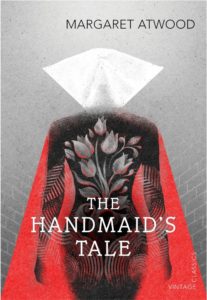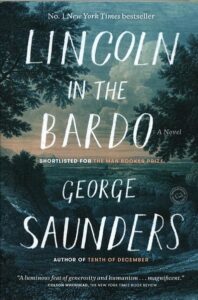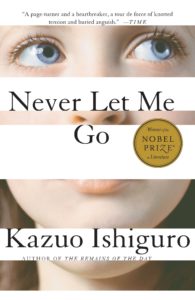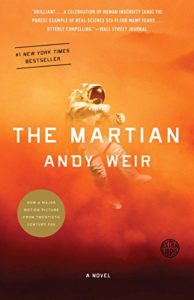The books below offer reality with a twist: Something about the world is not quite normal. But you may not notice at first, because they’re all about people. At heart, they’re human dramas, which want to show you fully lived-in characters confronted with situations that challenge them in personal ways.
There’s not a robot in sight, and we’re still on good old Earth, usually in contemporary times. But this is science-fiction at its best, because lurking in the background is a conceit that changes everything—that permits (or forces!) the characters to expose their true natures. And while the conceit may be out of this world, the concerns and choices it reveals can feel eerily familiar.
These are sci-fi books that you might hesitate to categorize as such, because they don’t share the genre’s usual passion for endless invention and ideas. They’re more interested in taking a single idea and wriggling inside it: weaving it into the fabric of the reality until it becomes everyday, almost mundane. For example, in my new book, The 22 Murders of Madison May, a serial killer stalks poor Maddie May across multiple versions of her life. He’s in love with her, but not her her; the her he met at the start. These newer versions, they’re not quite right. A reporter, Felicity Staples, finds out what’s happening, and becomes untethered from her own life. It’s a parallel worlds story, but it’s less what-ifs and more about what-should-Is. Because the idea isn’t the point… the point is the people.

The Handmaid’s Tale, by Margaret Atwood
It’s a ruthless, oppressive patriarchy, but not our ruthless, oppressive patriarchy; it’s worse than that. The general absence of technology from this story makes the setting feel far more historical than science-fiction, as the new society of Gilead seeks to return to a simpler, more straightforward time, when a family was a man, a woman, and children, in that order, living their lives for the glory of God. Plus, of course, a few necessary improvements, since infertility is rife, and children are hard to come by. Atwood is a writer of breathtaking talent, and she effortlessly creates a society that feels entirely plausible.

Lincoln in the Bardo, by George Saunders
During the Civil War, President Lincoln’s son Willie dies from fever. His father takes his body to the cemetery, where he is surprised to meet a variety of ghosts. But this is no horror tale; it’s a riotous parade of ideas and conversation, during which we get to know the private lives of a variety of the recently and not-so-recently passed. George Saunders has long been a master of absurdist fiction, and can make the fantastical feel both strange and relatable. Some of the ghosts are truly grotesque, but beneath their glowing exteriors beat human hearts. At least, metaphorically.

Never Let Me Go, by Kazuo Ishiguro
Kathy is a student at a school where the teachers are called guardians. For a while, it’s unclear exactly what kind of school this is, nurturing what kind of student: The kids are well-looked after, and considered to be precious, but they’re also prisoners. The truth, when it comes—they’re clones, being raised for their organs—is a shock, but also rather quickly accepted, in the way teenagers do. There’s no thrilling escape or plan to battle authority; instead, the story is about a group of young people growing up under a terrible shadow.

The Time Traveler’s Wife, by Audrey Niffenegger
So there’s time travel, obviously. But it’s a simple fact: Henry regularly and uncontrollably leaps forward and backward through time. The story is about his relationship with Claire, who he meets, falls in love with, and marries, not necessarily in that order. While Henry’s ‘disorder’ presents constants challenges, the novel is about love, life, and family. With a few temporal hiccups.

The Martian, by Andy Weir
Okay, this one doesn’t entirely fit with the other books in this list. But it’s an example of what is sometimes called “Mundane Sci-Fi,” a sub-genre that is to engineering what regular sci-fi is to physics. It’s practical, is what I’m saying. It’s hands-on. “The Martian” is so hands-on, it feels entirely plausible that Andy Weir actually went to Mars for his research. Watching stranded astronaut Mark Whatney struggle to survive on a foreign planet by solving one utilitarian puzzle at a time is utterly fascinating—and feels totally down-to-Earth.
***


















